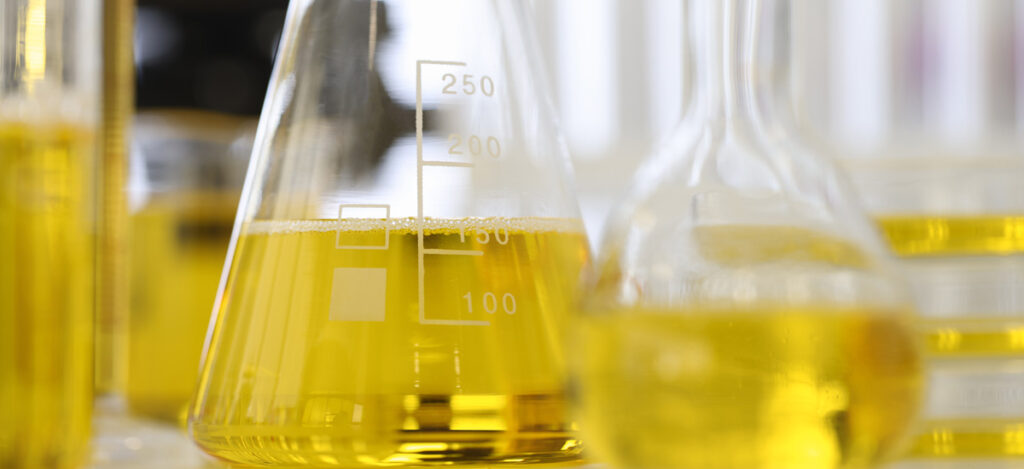Sterilization Validations vs. Sterility Testing
What are sterilization and sterility?
Sterilization is any process that removes, kills, or deactivates all forms of life. Sterilization is related to the term sterile, which means a complete absence of viable microorganisms or microbes that have the potential to reproduce. Thus, sterile products that undergo sterilization are often chemically or heat sterilized after being placed in their final packaging. The chemical or heat sterilization kills any microorganisms inside the products (obtained during manufacturing and packaging). This chemical or heat sterilization process after final product packaging is known as terminal sterilization.
What is the difference between sterile and aseptic?
While both sterile and aseptic products will prevent microbial contamination following use, the processes by which microbial contamination is prevented are different. An aseptic process prevents contamination by the exclusion of microorganisms. In contrast, products created using a sterile process use a terminal sterilization process to kill live microbes before product use. Though the definitions for aseptic and sterile are not the same, sterile is used interchangeably with aseptic. Indeed, many products labeled as sterile are manufactured by aseptic processing rather than terminal sterilization.
How do sterilization and sterile relate?
Sterile refers to verifying the absence of live microorganisms in a product or product-packaging system. Sterile is a condition of either the death of all live microbes or the exclusion of all microbes in a product. Sterilization is a process or technique for killing all viable organisms in an item (such as a medical product) or environment.
What are the differences between sterility testing and sterilization validations?
Sterilization validations are used to ensure that the end sterilization process can appropriately kill any viable microorganisms in a sample. The most popular method for sterilization validation is an overkill method. Overkill methods are used to verify that a certain sterilization process can achieve a certain level of sterility even if the bioburden is higher than expected, in a difficult to sterilize location, or the sterilization cycle runs inefficiently. Depending on the goals of the sterilization validation, either a full-cycle approach or a reduced level of treatment known as a partial cycle approach will be performed. An example of a partial cycle approach is a half cycle approach. Overkill sterilization validations are governed by ISO 17655-1.
Sterility testing evaluates a product for live microbes. It ensures that microbes have been appropriately excluded from a product through aseptic processing or that microbes have been effectively killed through a terminal sterilization method. Sterility tests are performed at time zero (immediately after manufacture) and after stability testing for a period (such as six months or a year). The United States Pharmacopeia and European Pharmacopeia specify two primary methods for performing sterility tests: direct transfer (also known as direct inoculation) and membrane filtration methods. In some cases, the membrane filtration method may be the only choice for sterility testing.

Why are tests for sterilization validations and sterility testing important?
Sterilization validations are important quality control steps that verify that sterilization methods effectively kill the live microorganisms in a sample after manufacturing. As microorganisms exist on every surface (including our body), microbes can be accidentally introduced during the manufacturing or packaging process in many ways. Some of the most common examples are microbial contamination through the raw materials used, technicians, tubing/piping used to transfer product between development stages in a process, or the manufacturing environment itself. With such abundant sources of contamination, sterilization validations verify that the chosen sterilization process adequately kills the bioburden that products and packaging accumulate during manufacturing.
Sterility tests are used more as safety tests and mainly evaluate product sterility after stability testing or initial product manufacturing. Viable (living) microorganisms are of concern for the sterility of medical products since only live microorganisms can reproduce in the human body, on the medical product surface, or within the medical product itself to cause sickness or disease. Sterility tests ensure these viable microorganisms do not exist or grow in the medical products and keep patients safe throughout product use.
Summary
Overall, both sterility testing and sterilization validations are imperative for regulatory approval of medical devices or products. These tests ensure that medical devices, products, manufacturing environments, and packaging are free from viable microbial contaminants and maintain their sterility over time. Ensure you choose a contract manufacturing organization that can support you with appropriate sterility testing and sterilization validations for your unique medical device or product needs.
Ethide Labs is a contract testing organization specializing in Sterilization Validations & Sterility Testing. Ethide Labs also offers EO Residual Testing, Microbiology Testing, Cytotoxicity Testing, Bacterial Endotoxin Testing, Bioburden Testing, Package Integrity Testing & Environmental Monitoring services for medical device companies and allied industries. Ethide is an ISO 13485 certified facility.
References
United States Pharmacopeial Convention. <1211> Sterility Assurance. Rockville, MD, USA. 2021. (USPC <1211>).
International Organization for Standardization. Sterilization of health care products- Moist heat- Part 1: Requirements for the development, validation, and routine control of a sterilization process for medical devices. Geneva (Switzerland): ISO; 2006. (ISO 17665-1:2006/(R)2016).
Michael J. Akers. Sterile Drug Products Formulation, Packaging, Manufacture, and Quality. Drugs and the Pharmaceutical Sciences. Informa Healthcare. 2010.
Share this in your social networks


